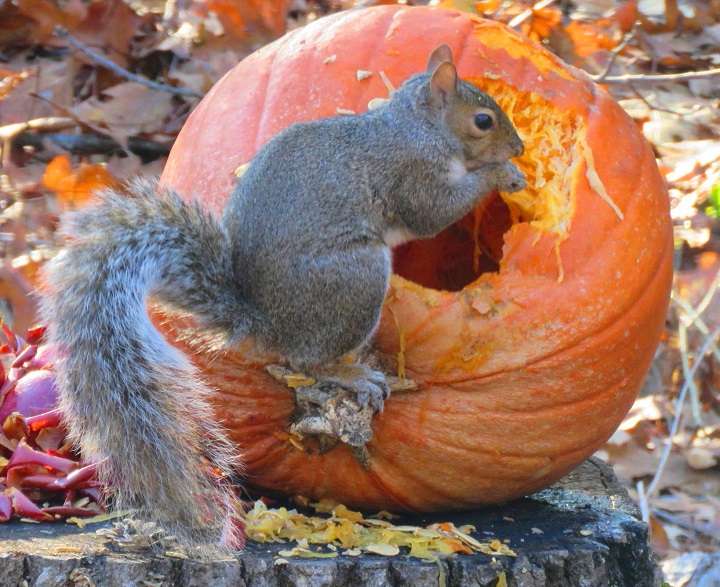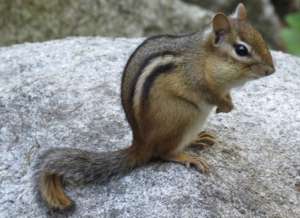FOR YOUR HEALTH: How to plan for dental emergencies while away
 Don’t let tooth troubles take a bite out of your vacation fun. Plan ahead how you’ll deal with dental emergencies.
Don’t let tooth troubles take a bite out of your vacation fun. Plan ahead how you’ll deal with dental emergencies.
(NAPSI)—When you’re jetting away from rainy Washington for vacation, your suitcases are often filled with traveling essentials, but did you think of what you may need in case of a dental emergency while relaxing in paradise?
“It is important to know whom to call, where to go and what insurance can cover,” said Kyle Dosch DDS, Delta Dental of Washington’s dental director and a member dentist. “This ensures that your smile stays healthy at home and while traveling.”
Not all dental issues are life-threatening, and some, such as a mild toothache, can wait until you return home safely from your travels. However, if you are experiencing intense dental troubles, it is important to be attentive to these issues as they arise:
• A broken or dislodged tooth
• Continuous gum or mouth bleeding
• Broken orthodontics
• A toothache accompanied by a fever
• Sudden, severe pain in your jawbone
• Sudden swelling in your mouth and/or gums
• Discoloration or growths in your mouth
If the pain is severe, you may need to go to the nearest emergency room for medical attention. Keep in mind that an emergency doctor can typically prescribe only pain medication or make a few stitches to wounded areas. To receive attention from a licensed dentist, make sure to call ahead and schedule an appointment to better suit your needs and have a plan in action. However, if in the case of immediate dental attention, most dental practices offer emergency appointments for new and existing patients. Make sure to call ahead to check that their practice accommodates for new patient emergencies.
Plan for Dental Emergencies Before Traveling
Most dental insurance plans, including most Delta Dental plans, have some coverage for emergency care whether your travels include the United States or outside of the country.
To ensure you will be well-covered and equipped for any emergency, review your coverage benefits and identify emergency care options before taking off on your trip. By doing so, you have a good idea of your home coverage plan. If dental care is needed while you are traveling, book an appointment with your regular dentist for a follow-up visit as soon as you return. Additionally, make sure your records are updated with any treatment received out of town.
What to Consider When Experiencing Dental Issues Abroad
Dental emergencies present their own special challenge, especially when facing them outside the country. The best way to begin is by using the resources around you. If staying at a hotel, hostel, or Airbnb, speak with the concierge or a trusted fellow traveler for a recommendation or for the country’s professional dental association. This association can help point you in the right direction for the names of reputable dental clinics in the area. For extra assurance, do some research on the establishment to confirm its legitimacy. One thing to keep in mind is that this dental visit will be paid out of pocket, so when you return home, you will need to file your own claim. Make sure to keep a copy of this detailed billing statement to send with your dental insurance emergency claim form. It is important to double check the information about the treatment (including tooth numbers if any were involved, date of service and total cost) is correct. After checking the information, your dental insurance provider will do a currency conversion at the time of reimbursement. Additionally, if your billing statement is in another language, ask for it to be translated.
Travel With Ease of Mind
If you experience a dental emergency while traveling and you can visit an in-network dentist in any state, you will be covered at the same rate as in your home coverage. If you need to visit an out-of-network dentist, you will have to pay out-of-network coinsurance. Then, you will need to submit an Interactive ADA claim form. The most important step to remember is to always ask for a detailed receipt for your exam or medical treatment.
For more information on experiencing dental issues while traveling, visit Delta Dental of Washington’s blog at www.deltadentalwa.com.










 You can join in the efforts of Rotary members and others to wipe polio from the face of the earth.
You can join in the efforts of Rotary members and others to wipe polio from the face of the earth.





